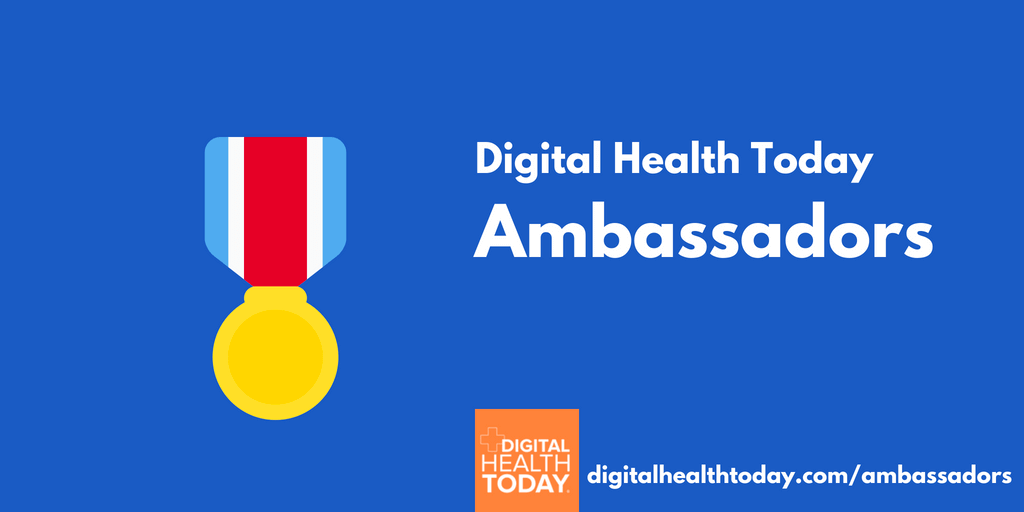During this year’s HLTH conference, Demi Radeva, one of Digital Health Today’s global ambassadors, had a one-on-one with Aaron Gani, Founder and CEO at BehaVR.
BehaVR translates proven science into immersive and engaging XR therapeutics for mental and behavioral health.
Aaron shares his perspectives and experiences for securing reimbursement and investment in what are often labeled “squishy“ innovations. These include innovations in spaces such as behavioral, wellness, health equity, and social determinants of health.
Read on for practical workarounds, tips and tricks.
Q1: Discuss the power of digital health technology reimbursement. How has it helped or hindered your progress?
Aaron: Reimbursement can distract entrepreneurs from focusing on how they can create value. Reimbursement should be the reward for creating value, not the objective.

Having worked for a payer for 12+ years, I know that payers are not looking for new stuff to pay for. They want outcomes and savings. However, these are not the only ways to create value. They are the most fundamental ways in creating value in the long-term, but there are other ways.
For example, for most care delivery organizations, the number one problem right now is staffing and capacity constraints. This is especially true for the behavioral health space. Digital therapeutics can be a force multiplier for clinicians. If we can become a part of their therapeutic toolkit, it can help clinicians treat more patients with less effort and all sorts of great economic benefits. What this means is entrepreneurs can create value independent of reimbursement. In this example, we do it through care delivery redesign.
Q2: What strategies, tools, and mental models have helped your company secure reimbursement?
Aaron: We believe through restructuring of care models and associated economics of care models, that is a non-traditional, easier-to-achieve, form of getting paid. I wouldn’t call that reimbursement. Reimbursement is when you have codes, you are listed in formularies, etc. Instead, we get paid to help providers treat more patients faster, become cost neutral, or cost beneficial, and create improvement in quality and outcomes. We do not need payers for any of that. This approach is almost in advance of gaining reimbursement from payers. Getting real world evidence and data can be used to convince payers to reimburse for the solution.
We spend 85% of $4T in healthcare a year on chronic conditions. Payers notice and are very focused on solving for this, however, it is extremely hard to demonstrate savings and attribute savings and long-term improvements in outcomes in chronic disease. Especially when there are multiple conditions and multiple interventions, how do you attribute the savings and outcomes to each intervention and to which condition? That’s why payers spend a lot of time on things that are less lofty and a lot more attainable.
Demi: That leads to a lot more incremental innovation and not disruptive innovation.
Aaron: This is why, when you asked what space in healthcare isn’t getting much attention in the industry, I said digital therapeutics. I believe that it is not just a layer on like digital is done in other industries or use cases. Instead, it completely restructures the model. All economic structures shift as a result of it. BehaVR is improving access, reducing wait times, saving money on care model inputs, etc.
Q3: What has hindered your ability to gain reimbursement?
Aaron: Ultimately, it isn’t that payers or investors are evil. It’s just really hard for them to know if this solution will pay off because of the attribution and timeline issues we discussed earlier.
Q4: What can payers do differently?
Aaron: it’s a hard question.
Something to consider would be having a call to action for the industry to establish a set of standards of measurement of value in these “soft” spaces.
Additionally, considering introducing new legislation that requires payers to pay for certain things that they may naturally not feel compelled to pay for but that we have expansive evidence in support of.
Last, we are seeing a movement toward value-based contracts and as part of that there are requirements to show the value of various interventions beyond what has been established to-date.
Lightning Round
- What is a saying, quote or phrase that motivates you?
“Success is not final; Failure is not fatal; It is the courage to continue that counts.” ~ Winston S. Churchill. - What advice do you have for others working to innovate and healthcare?
Do your best work. Be ambitions. Solve your own problems. - What book do you recommend to our listeners?
Die Empty: Unleash Your Best Work Every Day by Todd Henry - What is a technology that makes your life better and easier and keeps you healthy?
Calendly. - What is a space in healthcare that isn’t getting much attention, but should?
Digital therapeutics as the solution to the capacity constraints in health care delivery.





